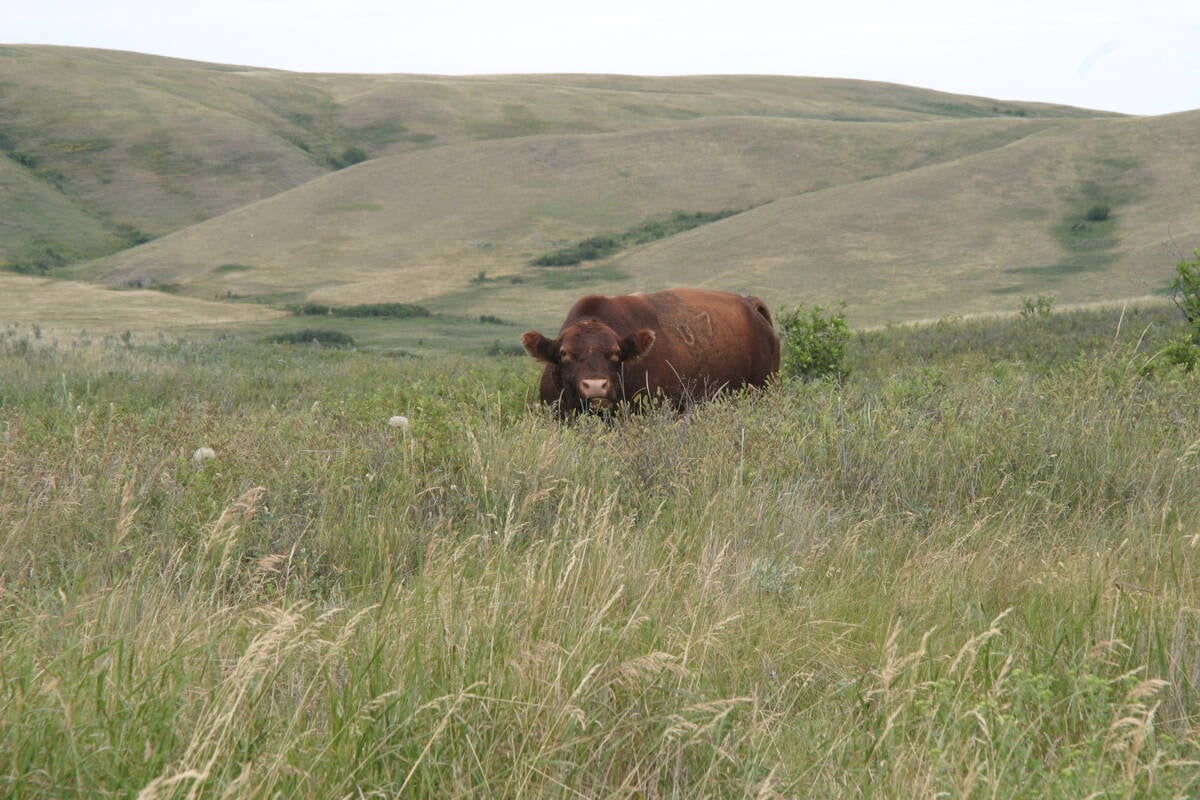DENVER, Colo. – This year’s stormy weather may refresh the childhood memories of those who remember the winters of the 1950s and 1960s, with their deep snowdrifts, cold weather and days off from school.
A number of factors are at play this year, including the strongest La Nina system since 1917, climatologist Art Douglas told the National Cattlemen’s Beef Association convention held Feb. 2-5 in Denver.
The extra cold water along the equator has brought snowfalls to the United States that have been deeper and further south than normal. It is also responsible for drought in Mexico and Argentina, floods in Australia and the prospect of another cold, wet spring on the Canadian Prairies.
Read Also

Saskatchewan puts crown land auction on hold
Auctions of Saskatchewan crown lease land are once again on hold.
La Ninas tend to last 14 to 18 months so it’s probably a year off before sea surface temperatures start to warm up and an El Nino returns in 2012.
“We will have a chance of an El Nino next spring,” Douglas said.
Climatologists have found that current conditions match the weather of 1955, 1956, 1963, 1971 and 1976.
The southeastern United States is having some of its coldest weather on record, while the southwest expects dryness to continue.
Lower than average sunspot activity is another culprit.
The sun throws extra energy toward the Earth when it is active, but in recent years it has been at its lowest level of activity since the 16th to 18th centuries, a period known as the Little Ice Age.
These cycles ordinarily last about 11 years, but this quiet period has lasted 14 years, according to data from NASA.
The last period of sunspot activity was in 2001.
“If we go back to the sunspot cycle to the 1600s to the present, (in) the last 200 to 250 years we have had strong peaks,” Douglas said.
“We really need to keep an eye on what the sunspot peaks do in the next two years. If they don’t rise we will be like the period of the 1600s, which was known as the Little Ice Age, with a tremendous amount of global cooling,” he said.
One of the advantages of a snowy winter is that mountain snow packs are also growing, promising good spring runoff.
The St. Mary’s River Irrigation District in southern Alberta reported at the end of January that snow pillows in the southwest are average or above average. These could continue to deepen because Environment Canada’s long-range forecast for February and March is for above average precipitation.















